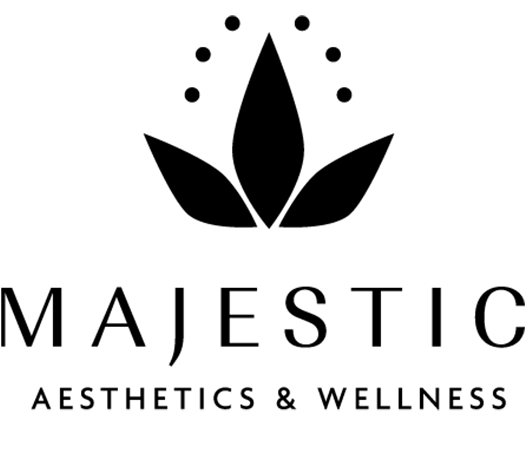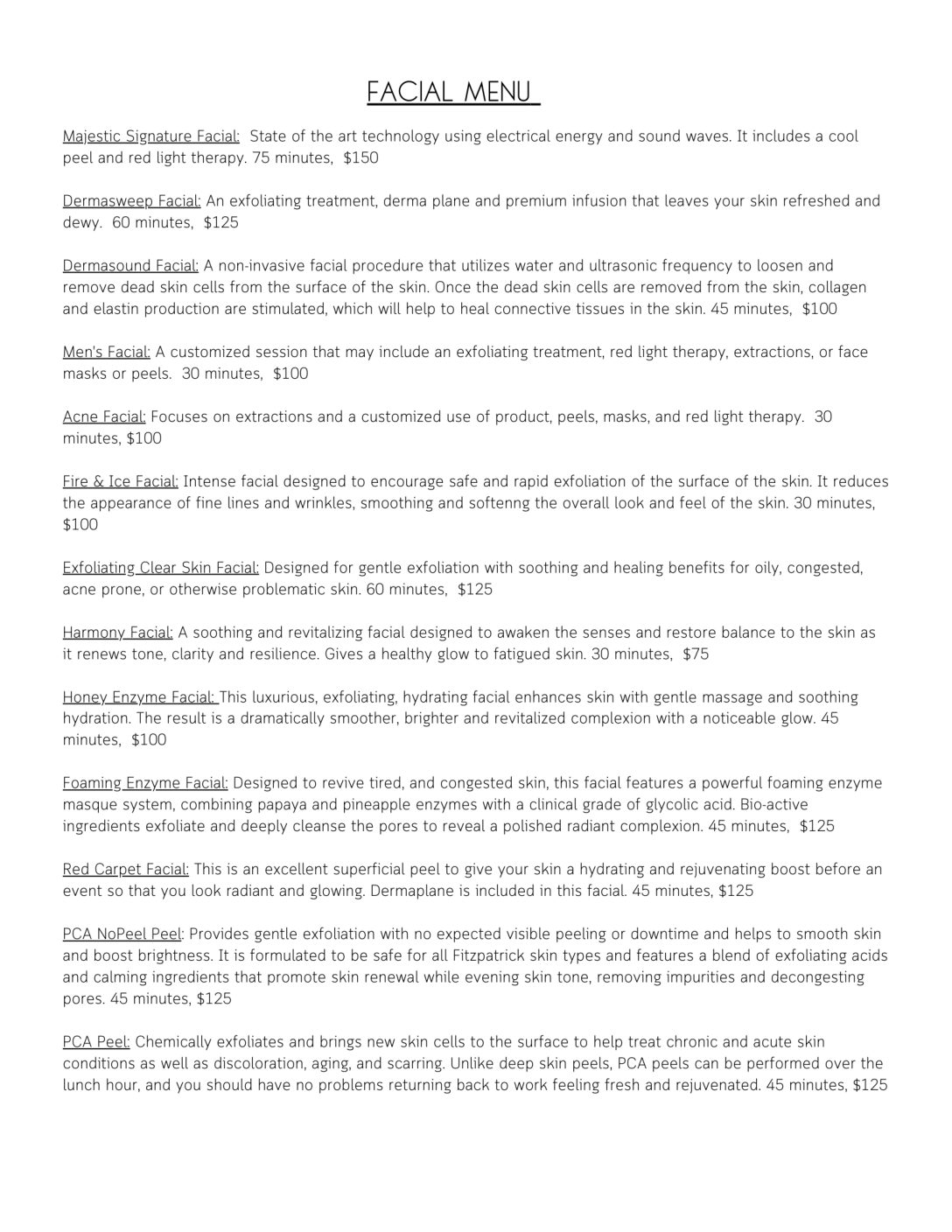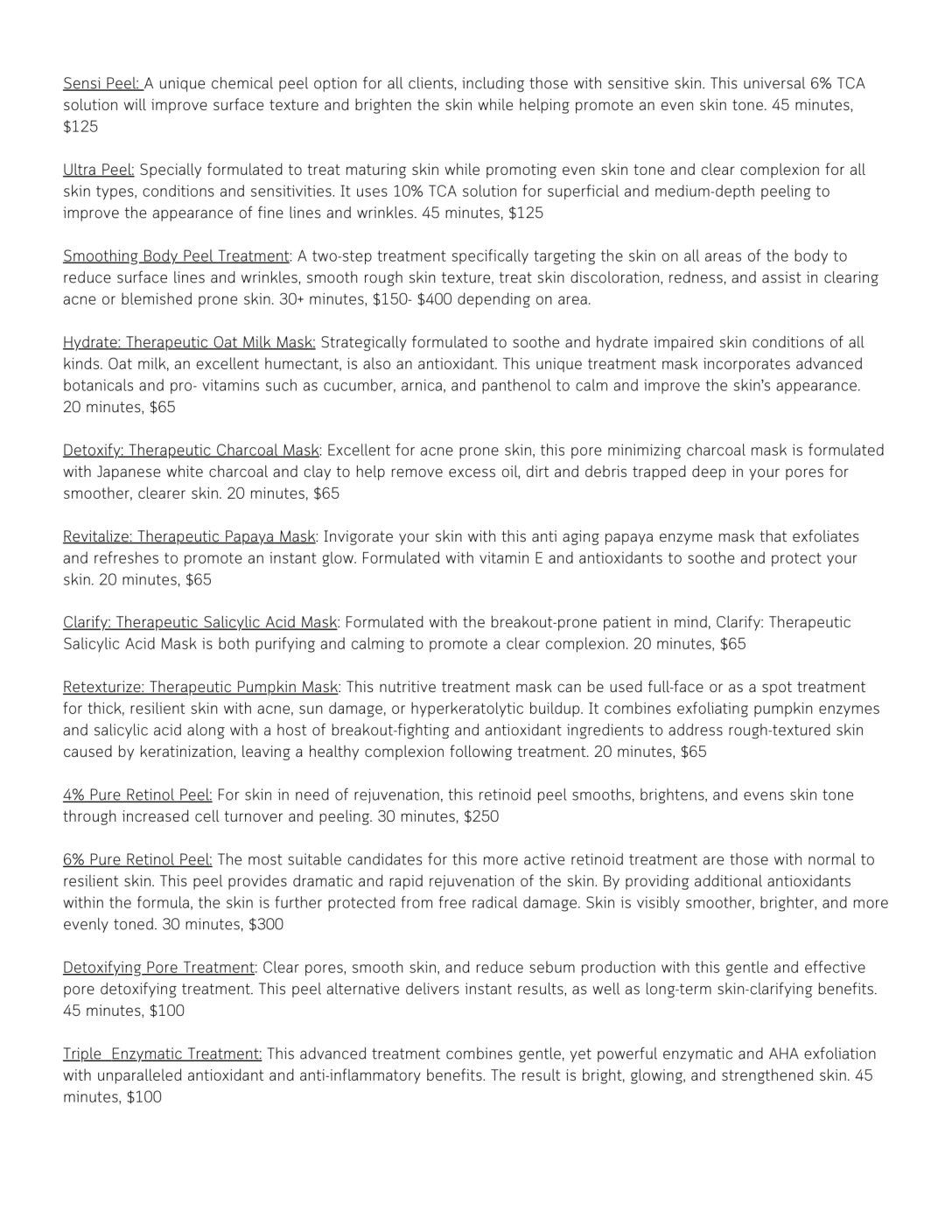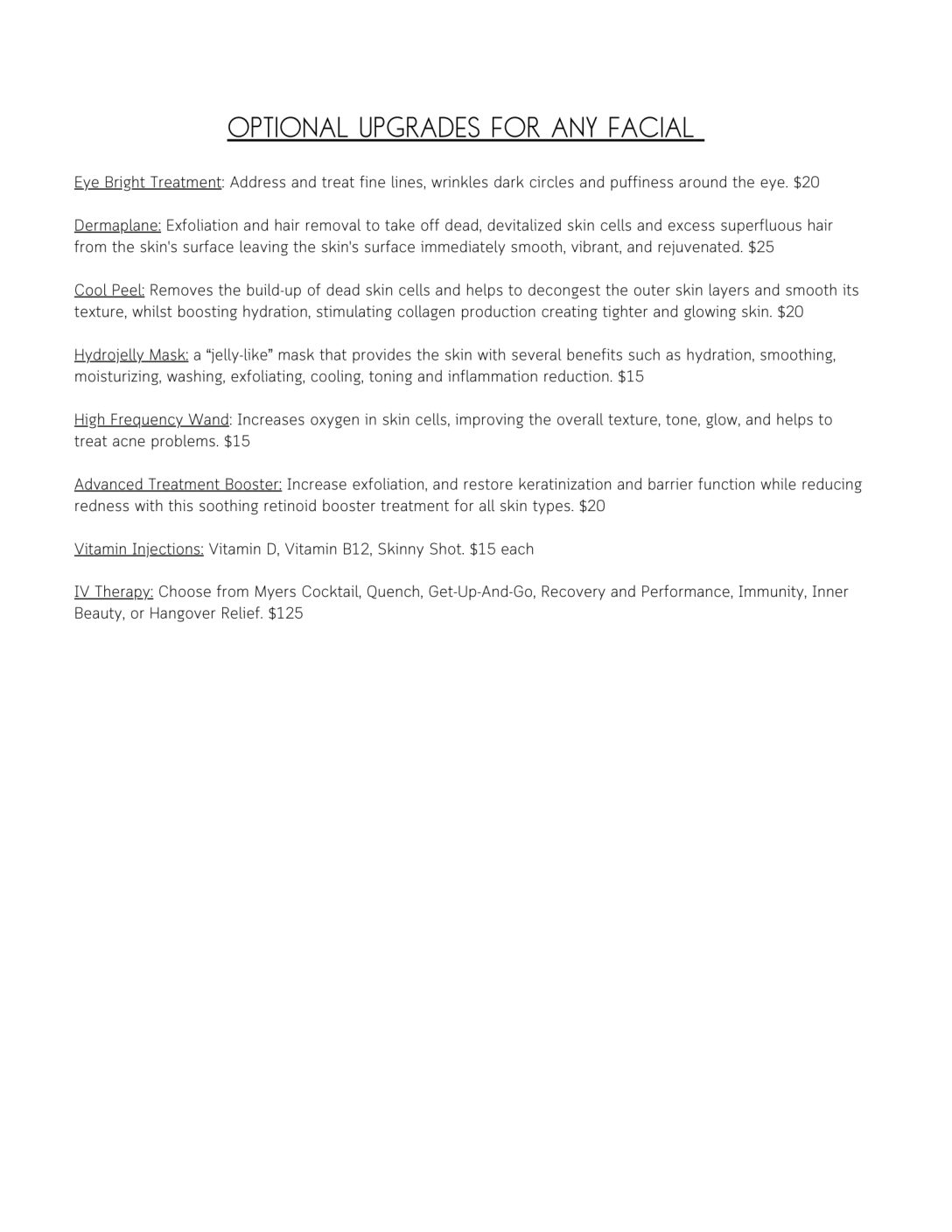In percutaneous collagen induction, an alternative to laser resurfacing, the skin receives multiple punctures with a drum-shaped device that has fine protruding needles, to encourage the production of collagen and elastin. According to the author, advantages include preservation of the epidermis, thicker skin, a short healing phase, and use of local anesthetic alone. (Aesthetic Surg J 2002;22:315-317.)
Many clinicians believe that laser resurfacing is the most effective treatment for rejuvenation of facial skin. The laser is used to destroy the epi-dermis, resulting in normal posttraumatic inflammatory reaction. My contention is, “Why destroy the epidermis to make the skin smoother?”
The epidermis is a complex, highly specialized organ that, although only 0.2-mm thick, is our first layer of protection from the environment. We should never dam- age the epidermis unless the risks associated with leaving it intact are greater than those associated with its removal. Wrinkles are not a good excuse to destroy this wonderfully complex interface with the environment.
To appear rejuvenated, we need a youthful, healthy, even- ly colored, smooth, perfused, and hydrated epidermis.
The first step toward skin health is to topically replace photosensitive vitamin A and other antioxidant vitamins, such as C, E, and carotenoids that are normally lost by exposure to light. However, vitamins alone cannot ade- quately build up the collagen and elastin in the dermis.
As an alternative to laser, we need a technique that pre- serves the epidermis, yet stimulates collagen deposition. Orentreich and Orentreich1 and I2 independently described “subcision” as a way of building up connective tissue beneath retracted scars and wrinkles, but this tech- nique cannot be applied to the whole face and other anatomic areas. Camirand used a tattoo gun to treat scars with “needle abrasion.”3 Although this technique
can be used on large areas, it is slow, laborious, and yields holes that are too close and shallow. In these techniques, the needles break old collagen strands that tether the bed of the scar to the top layer of the dermis while the injury pro- motes removal of damaged col- lagen and induces more collagen deposition immediate- ly under the epidermis. Based on these principles, I developed a new technique, percuta- neous collagen induction4 (PCI) (Table 1).
Technique
Patients prepare their skin with topical vitamin A, Environ Proactive (Tretin-Care Products, Park Kenilworth, Cape Town, South Africa), and C, Environ C-Boost (Tretin-Care Products), and other antioxidants for at least 3 weeks. I closely puncture the skin by using a drum-shaped device with very fine protruding needles that I designed (Figure 1). A simple tattoo-artist’s gun may also be used. The patient may be under topical, local, or general anesthesia.
The needles penetrate the epidermis but do not remove it, so the epidermis is cleft only and will rapidly heal. The skin bleeds for 30 seconds to 2 minutes, which is less than normal clotting time. Multiple microbruises develop in the dermis. I use wet gauze swabs to soak up any fluid ooze and cover the skin with a vitamin C preparation, ascorbyl tetra-isopalmitate (Environ C-Boost). I advise against using ascorbic acid. The patient is encouraged to shower the same night or the following day.
Dynamics
PCI is a natural response to wounding the skin (although the wound is minuscule). A single needle prick through the skin would be insignificant; however, a different pic ture emerges when thousands of fine pricks are placed side-by-side. The needles penetrate about 1.5 mm into the dermis and automatically initiate a complex chemical cas- cade including numerous growth factors, such as fibro- blast growth factor, platelet-derived growth factor, and transforming growth factors alpha and beta, which result in an invasion of fibroblasts. This surge of activity inevitably leads to the production of more collagen and elastin by the fibroblasts. Keratinocytes migrate across the epidermal defect and proliferate, thickening the epidermis.
Five days after injury a fibronectin matrix is laid down along the axis in which fibroblasts are aligned and along which collagen will also be laid down. This collagen is deposited in the upper dermis just below the basal layer of the epidermis. Collagen type III is the dominant form in the early wound-healing phase. Tissue remodeling contin- ues for months after the injury and is accomplished pri- marily by the fibroblast. Collagen type III is gradually replaced by Collagen I over a period of a year or more.
Postsurgical Treatment
Immediately after the treatment the skin looks bruised but, because treatment is a series of pinpricks, bleeding is minimal and there is only a small serum ooze that soon stops (Table 2). The patient is encouraged to use topical vitamin A and vitamin C cream (Environ Ionzyme C-Quence and Crème 2001, Tretin-Care Products) to promote better healing and greater colla gen production. The skin feels tight and may look uncomfortable, but it is not. Although the skin appears very bruised initially, because of the smallness of the bruises, it appears only moderately bruised the next day. By day 4 to 5, the skin has a moderate pink flush that can be concealed with make-up, and about this time iontophoresis and sonophoresis of vitamin A and C will maximize the induction of healthy collagen.
Iontophoresis also tends to reduce skin swelling.
Table 1. Indications for PCI
- To restore skin tightness in the early stages of facial This relatively minor procedure may be recom- mended to patients who are worried about surgery. The arms, abdomen, thighs, and buttocks may also be treated with PCI.
- To diminish fine
- To avoid dermabrasion for acne scarring. Skin becomes thicker and results are superior to der-
- To avoid laser
- To give “white” scars more flesh
Table 2. Advantages and disadvantages of PCI
Advantages
- PCI does not permanently damage the
- Thicker
- Short healing
- Less expensive than laser
- Skin does not become sun-sensitive.
- Can be used after laser resurfacing or in those with very thin
- Possible elimination of
- Easy-to-master technique with a tool that has been specially
- Can be performed with topical Disadvantages
- Exposure to
- Less intense deposition of collagen than laser resur- facing, but repeatable treatments that may last just as
- When using a tattoo gun, over-aggressive needling may cause
- Hyperpigmentation is a potential although rare com- Tattoos hardly ever hyperpigment, even in darker-skinned people.
This is a simple technique; with an appropriate tool it is an easy, fast procedure to thoroughly puncture any skin. Although one treatment may not result in the same smoothing as seen with laser resurfacing, the epidermis is left virtually intact. If the result is not adequate it can be repeated. Additionally, PCI may be used on areas that are not suitable for peeling or laser resurfacing.
I have been working with this idea since 1997 and have been using the roller since 1998. I have performed PCI on the lips of several hundred patients and on the entire face and neck areas in about 40 or 50 patients. I have used PCI on the arms of 3 or 4 patients and the abdomen of 1 patient (Figure 2). My associate has used PCI on the thighs of 8 patients. My longest follow-up of results is from 1997 to 2002. With that patient, the results of the PCI I per- formed on her upper lip in 1997 have not deteriorated (Figure 3). ■
Dr. Des Fernandes is the medical consultant for Environ Cosmeceutics International and Vivida, Cape Town, South Africa. He designed the Environ ROLL-CIT specifically for percutaneous collagen induction and cre- ated a company to market it; he is the major shareholder. He also designed a range of skin care products to deal with vitamin depletion from sun-exposure that are also marketed under the name of Environ.
References
- 0rentreich DS, Orentreich Subcutaneous incisionless (subcision) surgery for the correction of depressed scars and wrinkles. Dermatol Surg 1995;6:543-549.
- Fernandes D. Upper lipline Paper presented at: International Society of Aesthetic Plastic Surgery conference; Taipei; Dec. 3-5, 1996.
- Camirand A, Doucet Needle dermabrasion. Aesthetic Plast Surg
1997;21:48-51.
- Fernandes Skin needling as an alternative to laser. Paper present- ed at: International Confederation for Plastic, Reconstructive, and Aesthetic Surgery conference; San Francisco, California; June 26-30, 1999.
Copyright © 2002 by The American Society for Aesthetic Plastic Surgery, Inc.






